Most Affordable Electric Cars In Australia
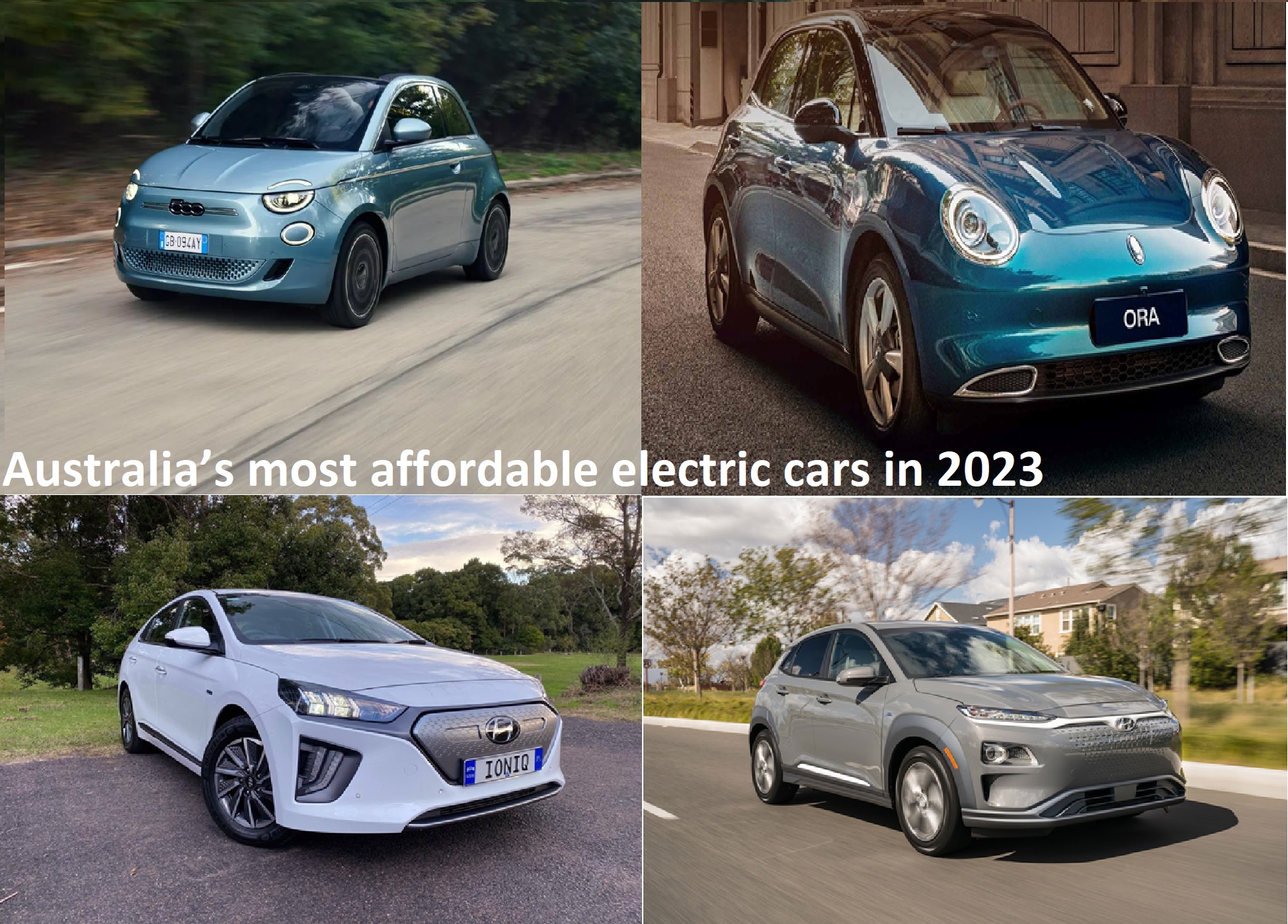
Finding an affordable electric car that doesn't sacrifice quality is important to many people in a nation known for its vast landscapes and love of road trips. We're here to help you navigate the wide selection of inexpensive automobiles available on the Australian market, whether you're an undergraduate, a first-time car buyer, or simply seeking for a dependable and cost-effective alternative. This will help you make an informed decision that fits your needs and budget. Aussies cash for cars has brought a list of affordable and cheap electric cars for you to choose according to your pocket. Electric car price may vary according to features.
Most Affordable Electric Car Australia
Wondering cheapest electric cars australia 2023 or small electric cars australia, we bring a comprehensive outlook of ev cars with pricing and features. Look at the list below of cheapest electric cars.
Hyundai Kona EV:
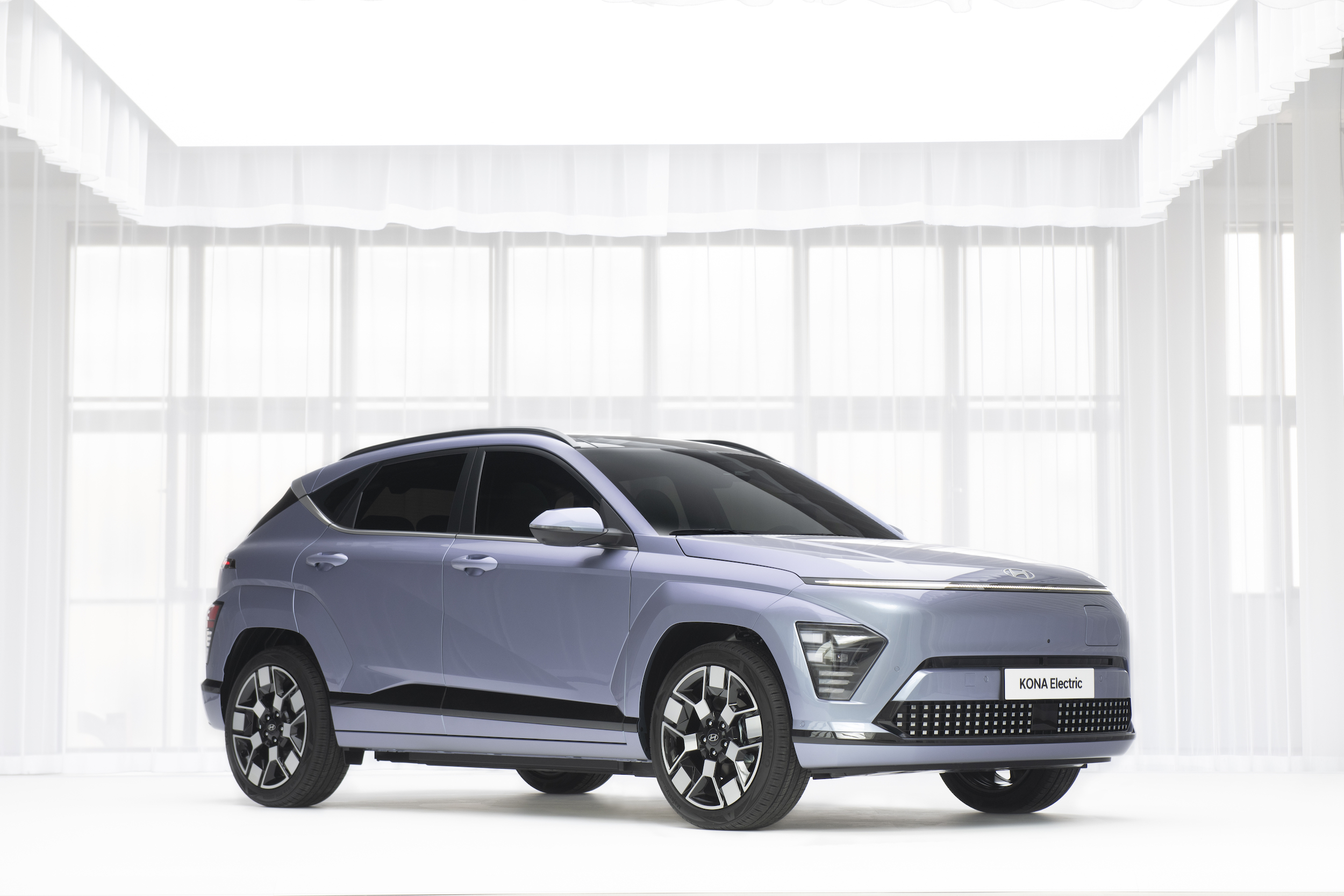
- SUV body type; driving range: 305–484 kilometres
- Standard range Highlander is $58,000, Standard range Elite $54,500, Extended range Elite is $60,500, and Extended range Elite is $64,000.
The Hyundai Kona EV is a popular electric SUV that has gained recognition for its range and performance. It offers a spacious interior, advanced safety features, and modern infotainment options.
The Kona EV's overall performance is truly exceptional, offering both quick point-to-point acceleration and a good range. The Kona EV also has a solid grip, enabling precise steering and cornering.
Regenerative braking, which enables you to recharge the battery using kinetic energy gathered when the car is coasting or the brakes are used, can also help you increase this range.
The Smartsense system in the Kona EV, which includes Blind-Spot Collision-Avoidance Assist (BCA), Driver Attention Warning (DAW), Forward Collision-Avoidance Assist (FCA), and Lane Keeping Assist (LKA), among other features, makes switching to electric driving simple for Australians.
Being a tiny SUV and from small electric cars australia there is enough spaciousness up front, although limited legroom in the rear. With a floating "bridge" console, a heavily digitalized cockpit, and glossy silver finishes for an opulent atmosphere, the interior design is unmistakably futuristic.
MG 4:
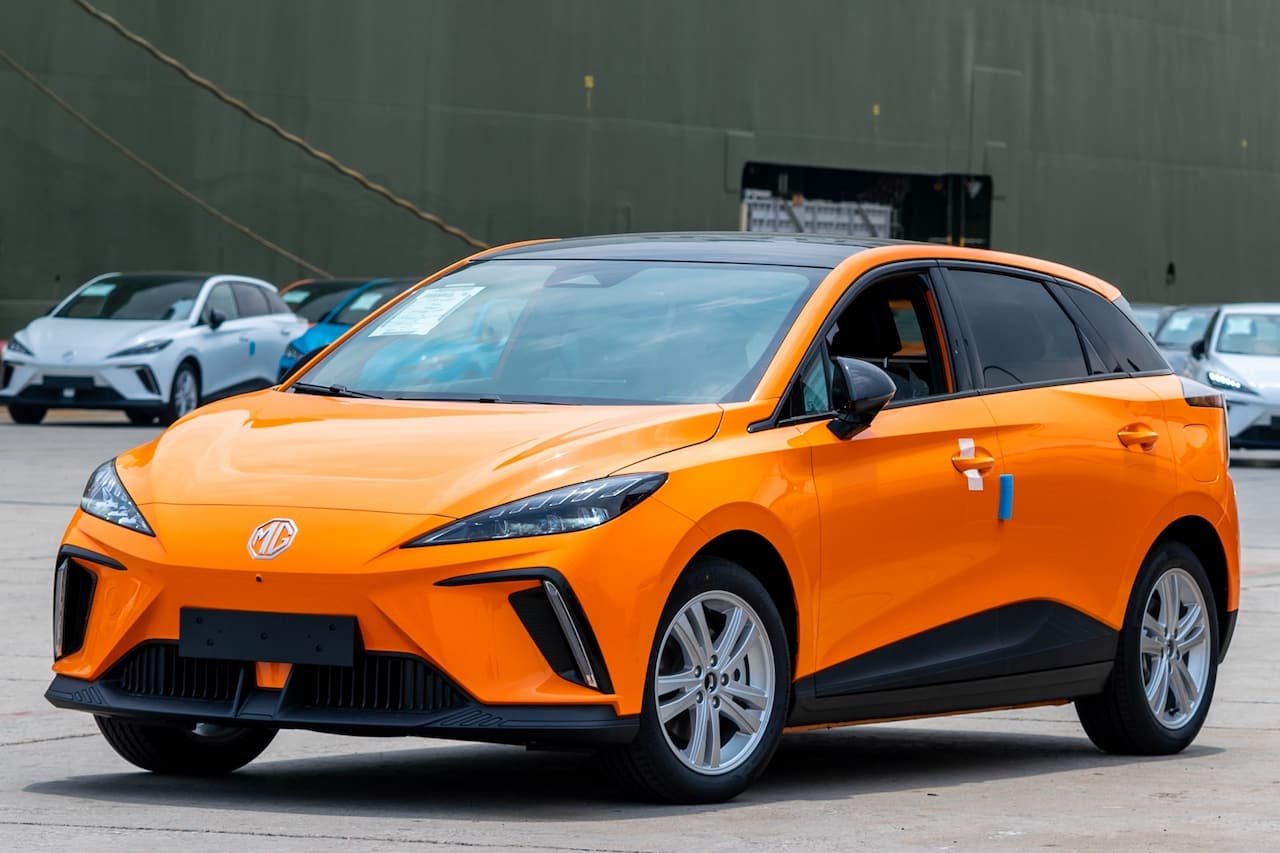
- Style of body: Hatchback
- 400-450 kilometres
- Price (AUD): Possibly between $40,000 and $49,000
The MG 4 is a compact electric sedan produced by MG, another Chinese automaker. However, as of my last knowledge update, there was limited information available about the MG 4, and its availability and pricing in Australia in 2023 are uncertain. MG has been expanding its electric vehicle lineup, so it's worth keeping an eye on future announcements.
The All-New MG4 EV is MG's first hatchback that runs entirely on electricity. Thanks to its up to 281 miles of electric range*, two battery choices, and standard comforts including a 10.25′′ colour display with Apple CarPlayTM and Android AutoTM, MG iSMART app connection, and our MG Pilot suite of driving assistance technologies, the MG4 EV is the no-compromise electric vehicle.
The MG4 delivers a potent suite of driver assistance technologies, together referred to as MG Pilot, to guarantee a secure, carefree, and pleasurable driving experience.
You may operate a number of MG4 EV functions using the MG iSMART app, including charging, monitoring the vehicle's status, locating the nearest charging station, and pre-starting the temperature control system.
GWM Ora:
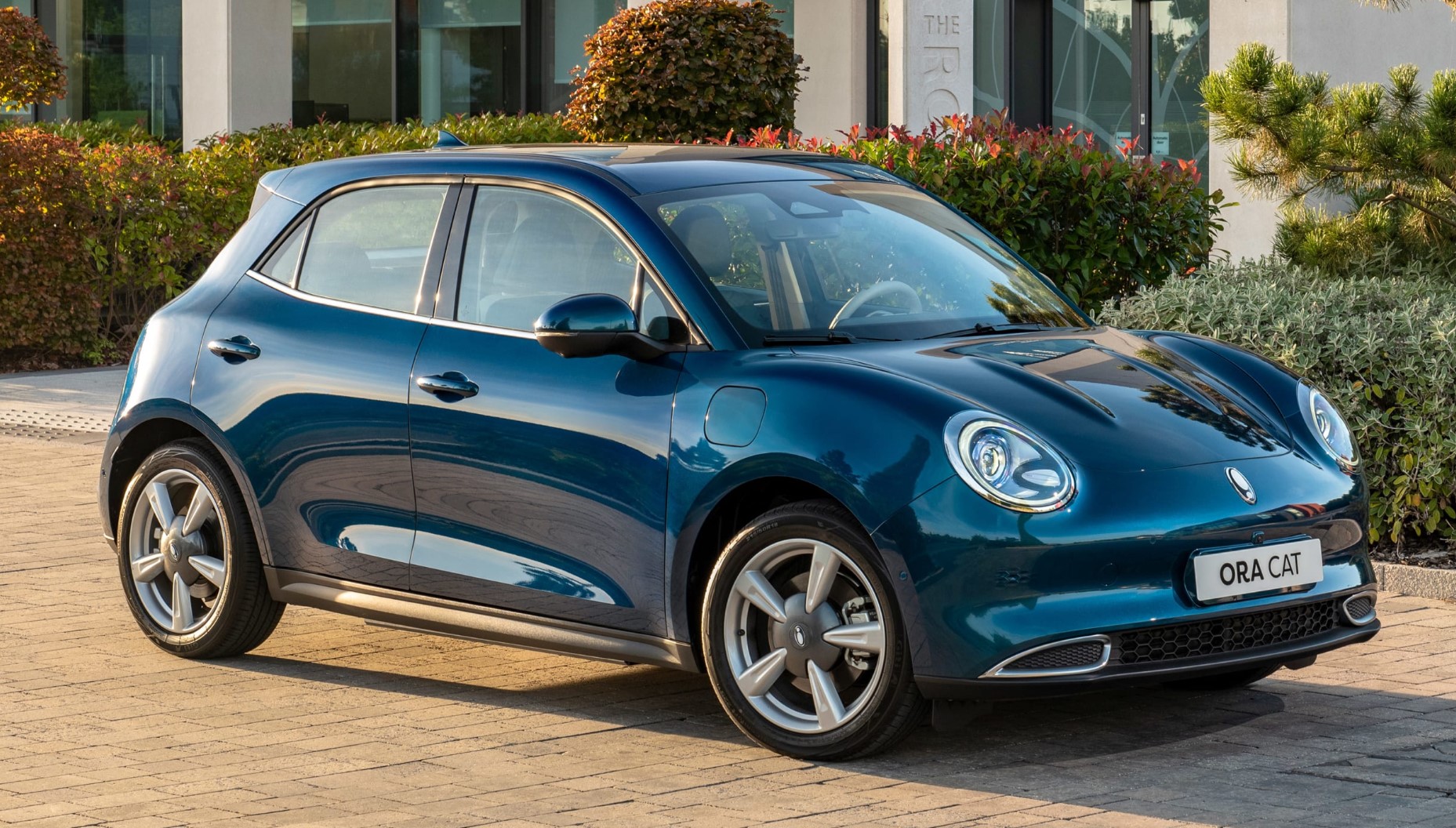
- Style of body: Ora Good Cat-Hatchback
- Range: 385 km to 270 km
- Price
The GWM Ora is an eletric cars brand under Great Wall Motors (GWM), a Chinese automaker. Similar to the BYD Atto 3, I don't have specific details on the features and price range of the GWM Ora in 2023. GWM has been focusing on producing affordable electric vehicles, and the Ora lineup includes compact hatchbacks and sedans.
With dimensions of 4235mm long by 2650mm broad, it is the same size as a Volkswagen Golf 8 and weights a reasonable 1555kg. Its proprietary electric-only architecture features front and rear MacPherson strut suspension. The hatchback's front-mounted electric powertrain, rated at 126kW and 250Nm, can accelerate the car from 0 to 100 km/h in 8.3 seconds. It can be charged using 80kW of DC power and up to 11kW of AC power.
Nissan Leaf:

- Style of body: Hatchback
- Range: 385 km to 270 km
- $50,990 to $61,490 in price (AUD)
The Nissan Leaf is one of the most recognizable electric vehicles globally. It features a sleek design, practical interior space, and a reputation for reliable performance.
Depending on the model version you select, the Leaf has a range of 270 to 385 kilometres on a single charge.
The Leaf 40kW can be fully charged using a conventional 240V outlet in 17.5 hours; however, a Type 2 charging station may reduce this time to 7.5 hours, allowing you to charge overnight and start the next day with a full 270km of range. The 2021 Leaf E+ has been improved with a more energy-dense battery pack and an increased real-world range of up to 385km, making it even more useful for Australian purchasers, particularly those with just one car in the household.
The Leaf's cruising ride is smooth and enjoyable, with little tyre noise and only a tiny bit extra wind noise from the door mirrors.
BYD Dolphin

- Style of body: Hatchback
- 400 to 420 kilometres in range
- Price (AUD): Possibly between $35,000 and $40,000
The BYD Dolphin is an electric hatchback produced by BYD. Unfortunately, I don't have specific details on the features and price range of the BYD Dolphin in 2023. BYD has been known for manufacturing electric vehicles with varying ranges and price points, catering to different consumer needs.
The battery packs have a capacity of 30.7kWh and 44.9kWh, respectively, and can support DC charging up to 40kW and 60kW, respectively. Each model contains a heat pump in addition to a maximum AC charging capability of 7kW.
It has nearly the same length as the Toyota Yaris and Volkswagen Polo despite having a wheelbase that is 2.7 metres long.
A panoramic glass roof, a motorised driver's seat, and keyless entry and start are just a few of the comfort and convenience features offered. A choice of 10.1-inch or 12.8-inch rotating centre touchscreens and a 5.0-inch digital instrument cluster are located within.
BYD-Atto 3
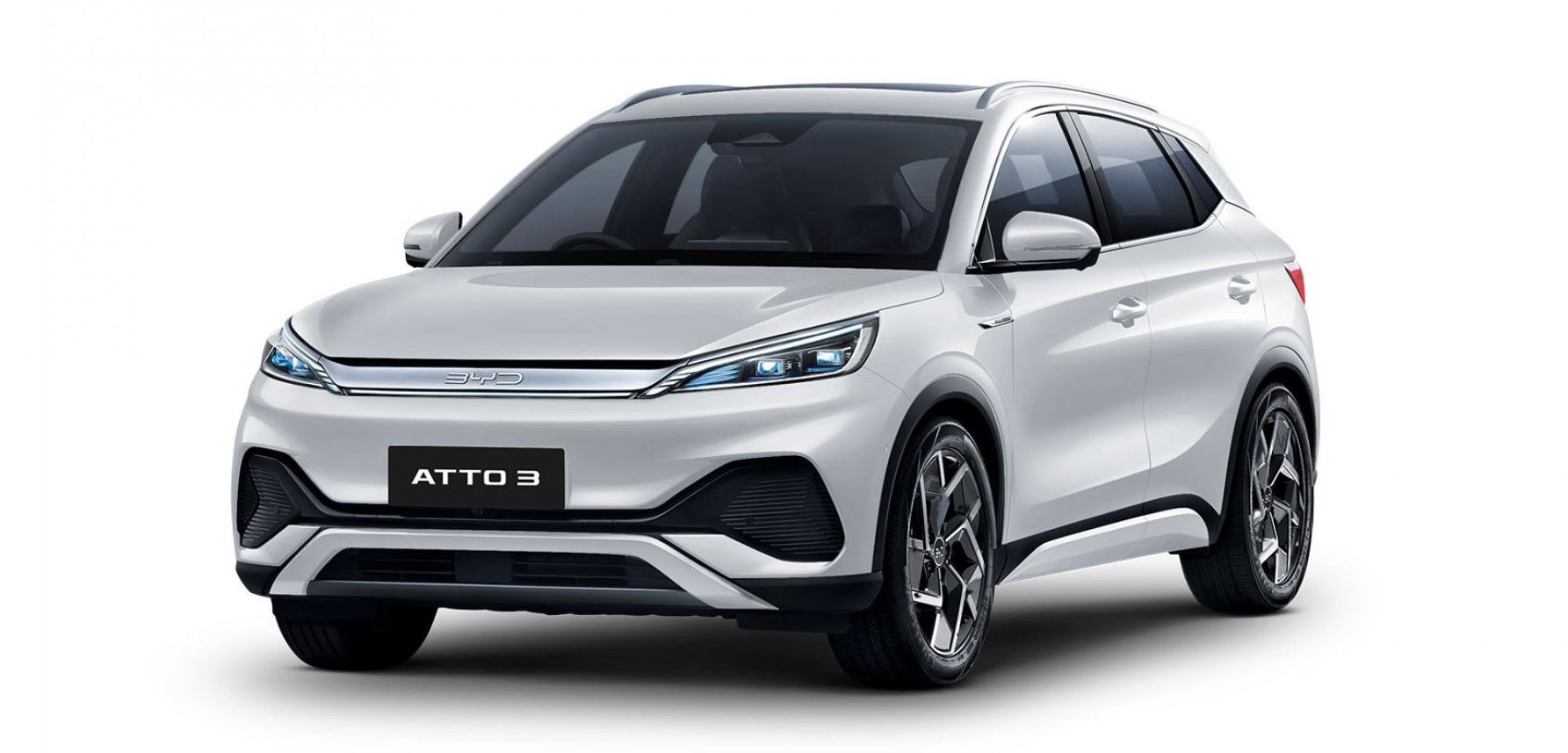
- SUV body type
- Range: 420km to 345km
- Cost (AUD): $44,381 to $47,381
Before the first deliveries in August or September, Chinese electric vehicle manufacturer Build Your Dreams (BYD) has just received permission to sell its 2022 BYD Atto 3 for sale in Australia.
This tiny SUV will have two battery options: Standard and Extended Range. The Extended Atto model clocks in at 420km (WLTP), while the Standard Atto clocks in at an amazing 345km. Each electric vehicle (EV) is equipped with a "Blade Battery" invented by BYD, which is touted to be more durable, secure, and energy-dense than conventional lithium-ion phosphate (LFP) batteries.
The Atto is a well-equipped electric vehicle (EV) that comes with a number of amenities as standard, such as 18-inch alloy wheels, heated front power seats with synthetic leather upholstery, a panoramic sunroof, and a 12.8-inch rotatable touchscreen.
Seven airbags, autonomous emergency braking (AEB), front and rear collision warning, rear cross-traffic alert with rear cross AEB, lane departure and lane keeping assistance, adaptive cruise control, and door open warning are all included in the safety features of the vehicle.
The SUV's exterior has the newest 'Dragon Face 3.0' design language from BYD, which includes an aerodynamic roofline, compact 'dragon crystal' LED headlamps, and aerodynamic wheels. The Atto's interior has a whimsical, fitness- and music-inspired design that includes door cards with red threads that resemble guitar strings, air vents in the style of dumbbells, and a two-tone blue and white interior as standard.
Fiat 500e

- Style of body: Hatchback
- Area: 320 km
- Price (AUD): Approximately $43,000 to $48,000
From 2013 through 2019, the Italian carmaker Fiat developed the Fiat 500e, one of the finest cheap electric vehicles. In order to earn clean energy credits, Fiat Chrysler Automobiles sold the electric-powered Fiat 500 (2007-2019) as a "compliance car" in the US states of California and Oregon.
The Fiat 500e's closest rival in Australia is the similarly retro-styled three-door Mini Cooper SE electric hatchback, despite the Fiat being smaller.
An 87kW electric motor with a 42kWh battery pack and a stated operational range of 320 kilometres (based on the European WLTP standard) would power the city car's front wheels.
As was revealed in December 2022, the Fiat 500e would first be made available for purchase in Australia with a single battery and motor combination. A sunroof, 16- or 17-inch wheels, and two alternative lighting technologies might be available for the Fiat 500e in at least two distinct variants, according to the papers.
The Fiat 500e's features and specifications for Australia are anticipated to be unveiled ahead of the start of deliveries in July 2023.
MG ZS EV:
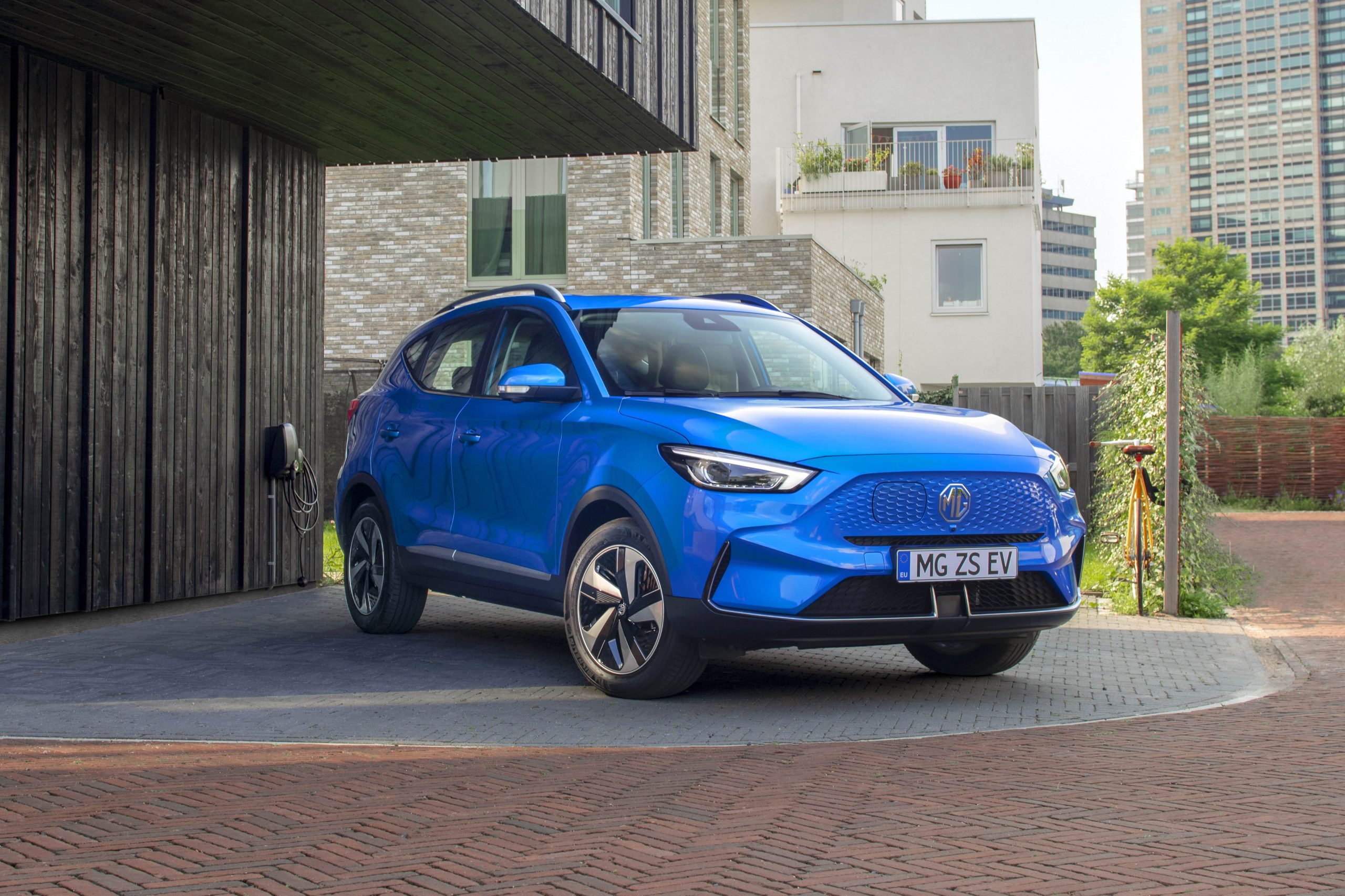
- MG ZS EV SUV Bodystyle
- 1643-263 kilometers
- Price (AUD): Drive-away from $46,990 to $48,990
It combines affordability and practicality, as well as a long driving range and features such as touchscreen infotainment, advanced driver assistance systems, and comfortable seating.
The MG ZS EV is Australia's second most popular electric vehicle. MG has long been a dominant force in the Australian market, best known for its famous sports car, but their electric SUV is likely to have helped them regain widespread recognition.
A car with an amazing design is the MG ZS EV. With three driving modes (Eco, Normal, and Sport), MG Pilot Driver safety technology, respectable range estimates, and a somewhat reasonable price point, it appears terrific on paper as well. The MG ZS EV, which is marketed as a "family-friendly electric car," is a useful option with plenty of room for kids and groceries.
Hyundai Ioniq Electric:

- Electric Hyundai Ioniq
- SUV body type
- Size: 373 km
- Cost (AUD): $49,000 to $54,010 + tolls
The Hyundai Ioniq Electric is a compact hatchback that offers a balance of efficiency, features, and affordability. It comes with various advanced safety features, a comfortable cabin, and a competitive driving range.
Adaptive cruise control with stop-and-go (and machine learning integration), lane-keeping assistance, blind-spot monitoring, remote smart parking assistance, and many more features are among the features.
Hyundai's sole all-electric vehicle, the Ioniq's appeal has been credited to its dynamic styling, vast feature set, and extensive technology options that enhance owners' daily lives.
The flowing fastback body shape, underbody flat paneling, front grille shutters, front bumper air ducts and an integrated boot tailgate rear spoiler are all part of the Ioniq's aerodynamic drag-reduction design.
A 10.25" multimedia touchscreen with wired Apple CarPlay, Android Auto, satellite navigation, sharp-edged Parametric Pixel lighting, an eight-speaker Infinity audio system, heated and ventilated front seats, four driving modes, regenerative braking, an electronic park brake with auto hold function, and wireless smartphone charging are some additional noteworthy features.
Conclusion
Affordable vehicles have significantly changed the automotive environment in Australia, opening up automobile ownership to a wider range of people. Consumers now have the chance to adopt environmentally friendly transportation without breaking the bank thanks to models like the MG ZS EV and Hyundai Ioniq Electric setting the trend as cheapest ev australia 2023. These cheap vehicles support a cleaner future by lowering carbon emissions in addition to providing amazing features and performance. Australian drivers are living in an exciting moment as the market develops, with cheapest ev australia leading the way to a more sustainable and diverse automotive sector.
FAQs
How are electric cars better?
Electric vehicles (EVs), commonly known as electric automobiles, have a variety of advantages:
- Advantages for the environment since electric cars help battle air pollution and climate change.They aid in lowering emissions of greenhouse gases.
- Internal combustion engines utilise less of the battery's energy to power the car than do electric motors.
- Electric automobiles offer lower running expenses than cars that run on petrol.
- Electric cars' instant torque enables swift acceleration and a smooth ride.
- They typically also have a lower centre of gravity as a result of the battery arrangement, which improves handling and stability.
What are the four types of electric vehicles?
Fuel cell electric vehicles (FCEVs):
Electric motors in fuel cell electric vehicles are propelled by electricity generated by hydrogen fuel cells. They only emit water vapour and have no tailpipe emissions.
Battery electric automobiles (BEVs):
These cars run solely on electricity that is stored in a sizable battery pack. They don't have internal combustion engines, and their tailpipes don't produce any emissions.
Plug-in Hybrid Electric Vehicles (PHEVs):
Plug-in hybrid electric vehicles, or PHEVs, combine internal combustion engines, electric motors, and rechargeable batteries. They can only use electricity for shorter journeys, and they can switch to a combustion engine for longer ones.
Hybrid electric vehicles (HEVs):
HEVs combine an internal combustion engine with an electric motor. The battery cannot be recharged by plugging the car in, but the electric motor aids in acceleration and deceleration.
What are 3 disadvantages to an electric car?
- Electric cars typically have a shorter range per charge than cars that run on petrol. Despite increasing range, longer journeys might necessitate more frequent charging or preparation.
- Charging is less convenient than refuelling at petrol stations because public charging stations can vary in their accessibility, particularly in some areas or rural ones. However, the infrastructure for charging is rapidly growing.
- Comparatively speaking, refuelling a petrol vehicle takes less time than charging an electric car. Even though there are more fast-charging stations available, the charging process still takes longer than a quick stop at the petrol station.
What are electric cars called?
Electric cars are also known as electric vehicles (EVs) or Battery electric vehicles (BEV).
Do electric cars run on AC or DC?
Direct current (DC) and alternating current (AC) power are both used to power electric vehicles. In order to power the electric motor, an onboard charger converts the DC electricity stored in the car's battery to AC. The onboard charger of the car converts the AC power from the charging stations back to DC during the charging process.
